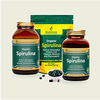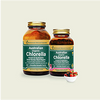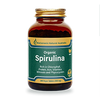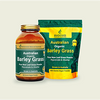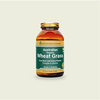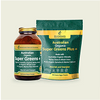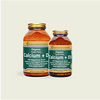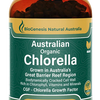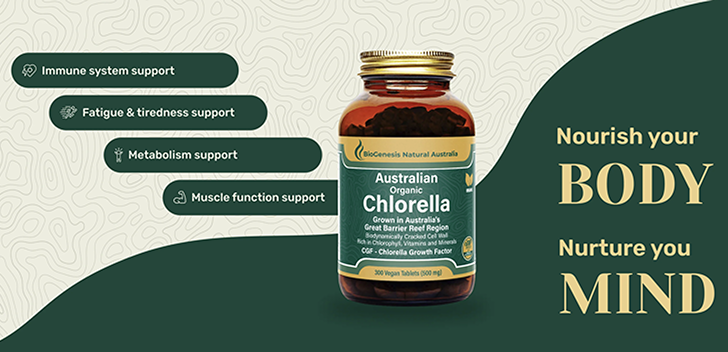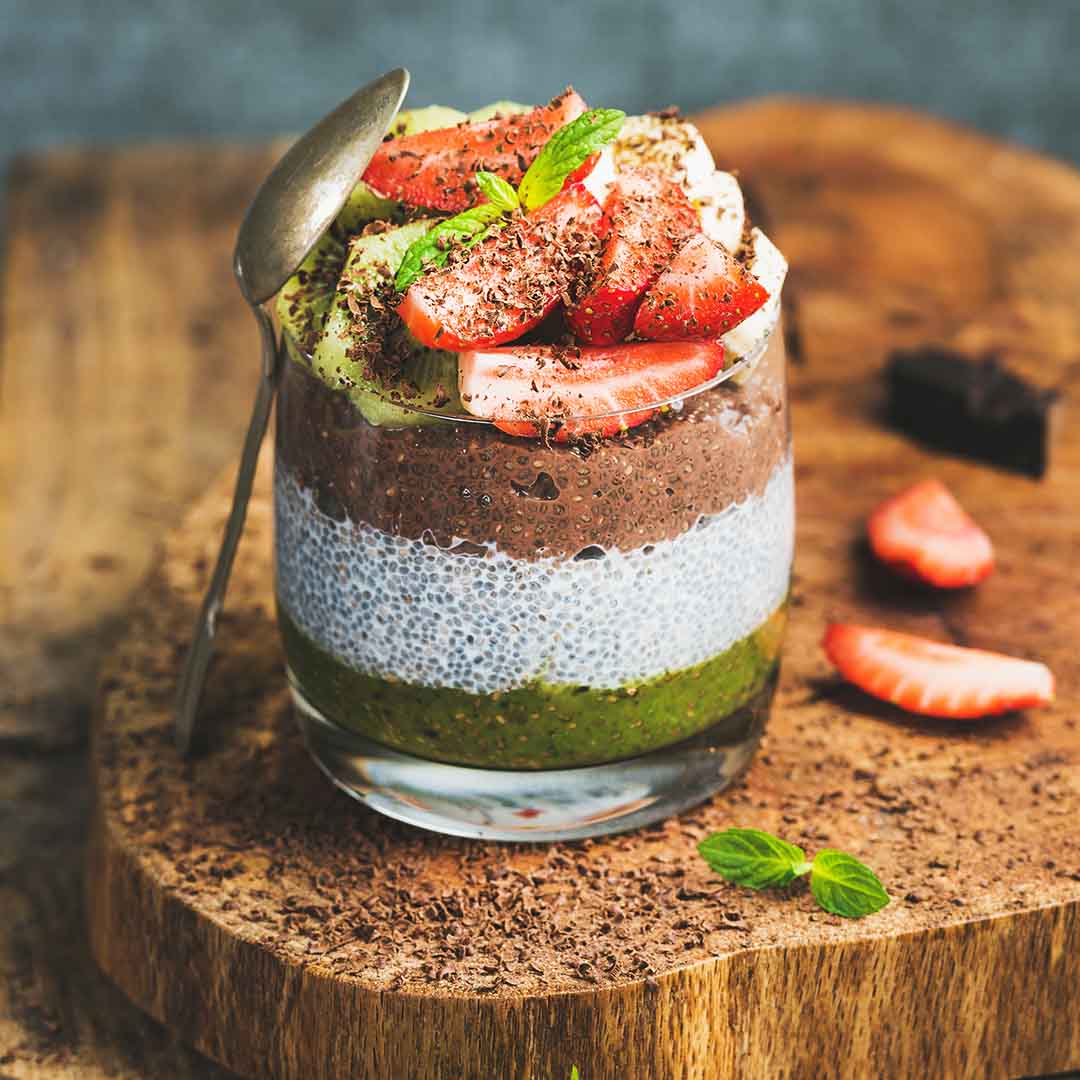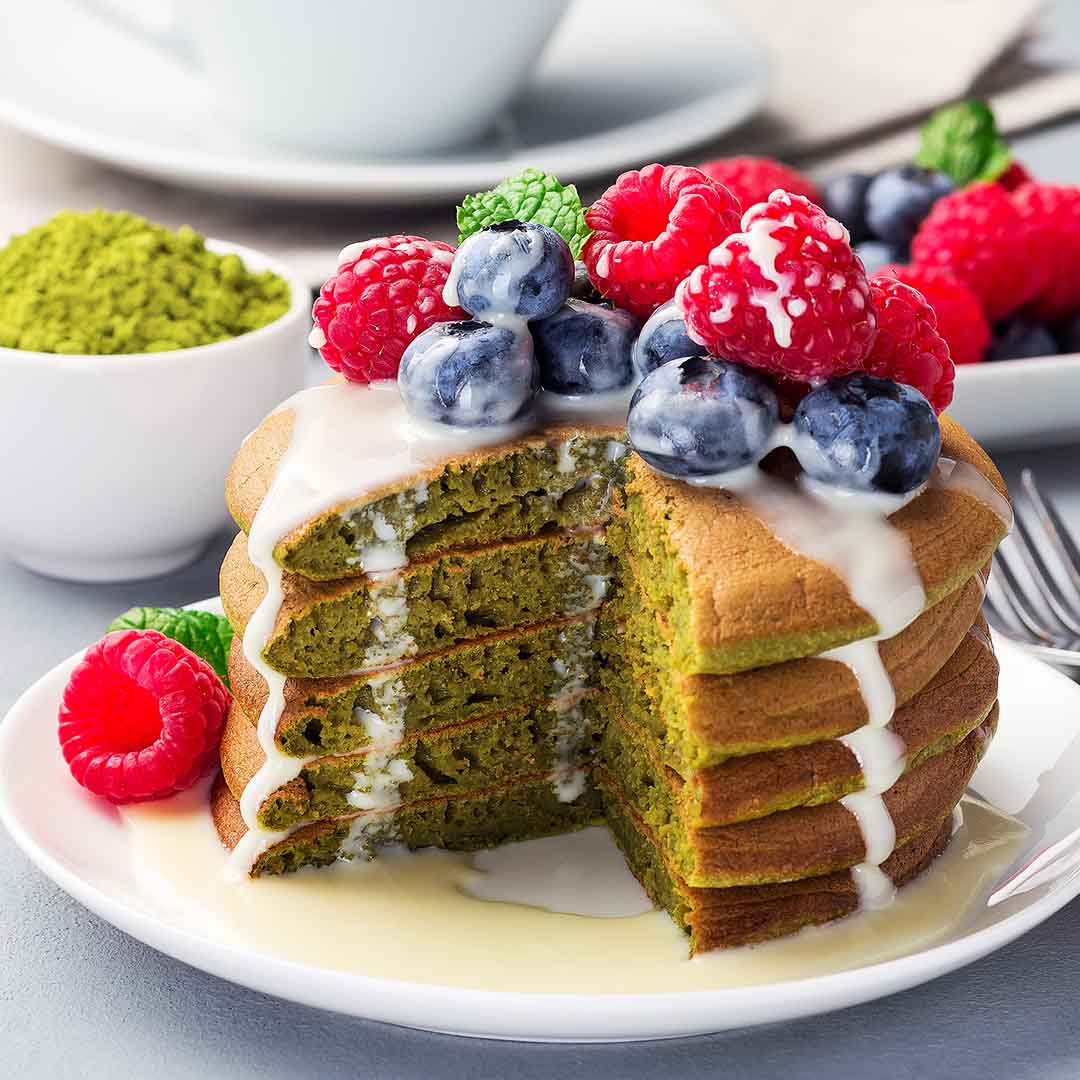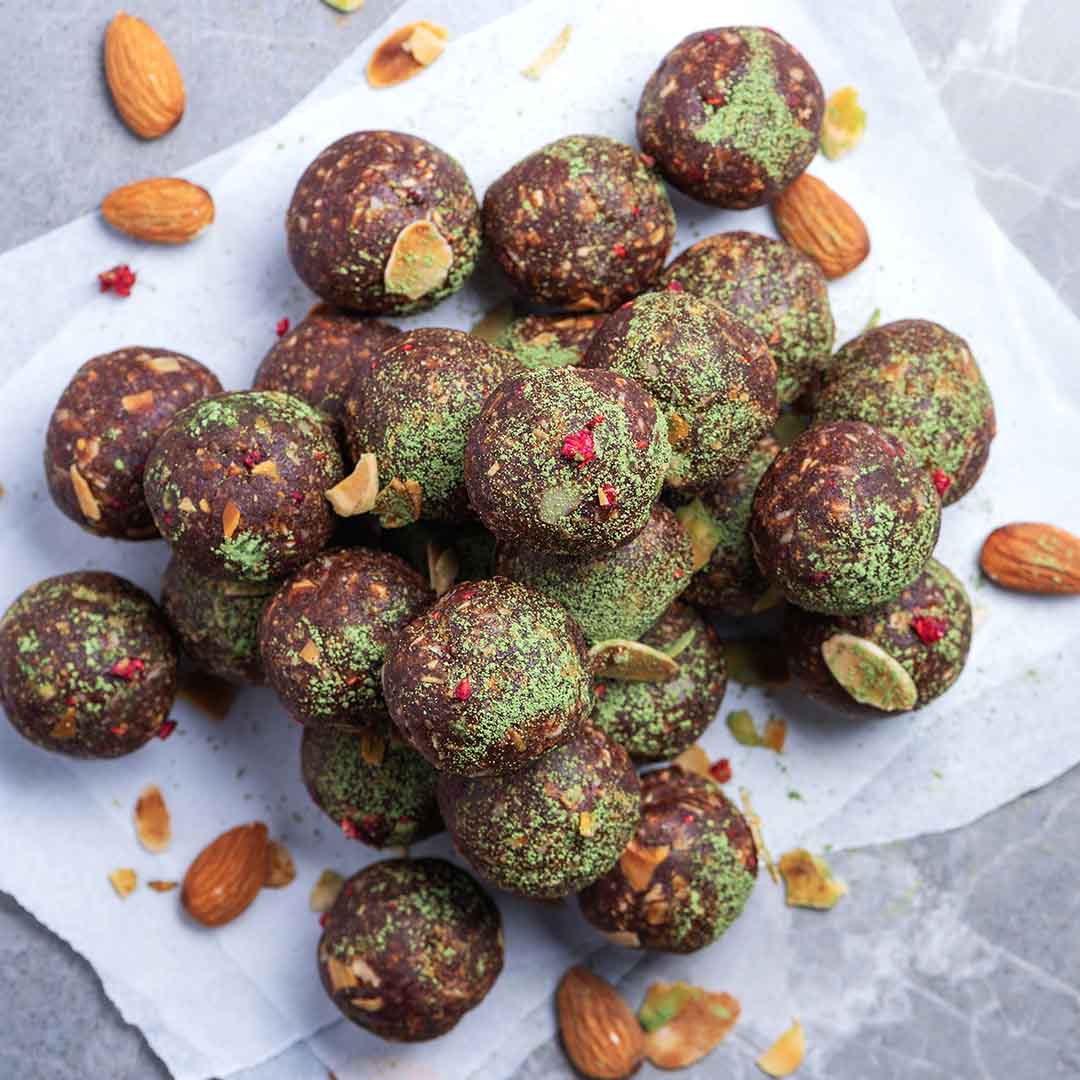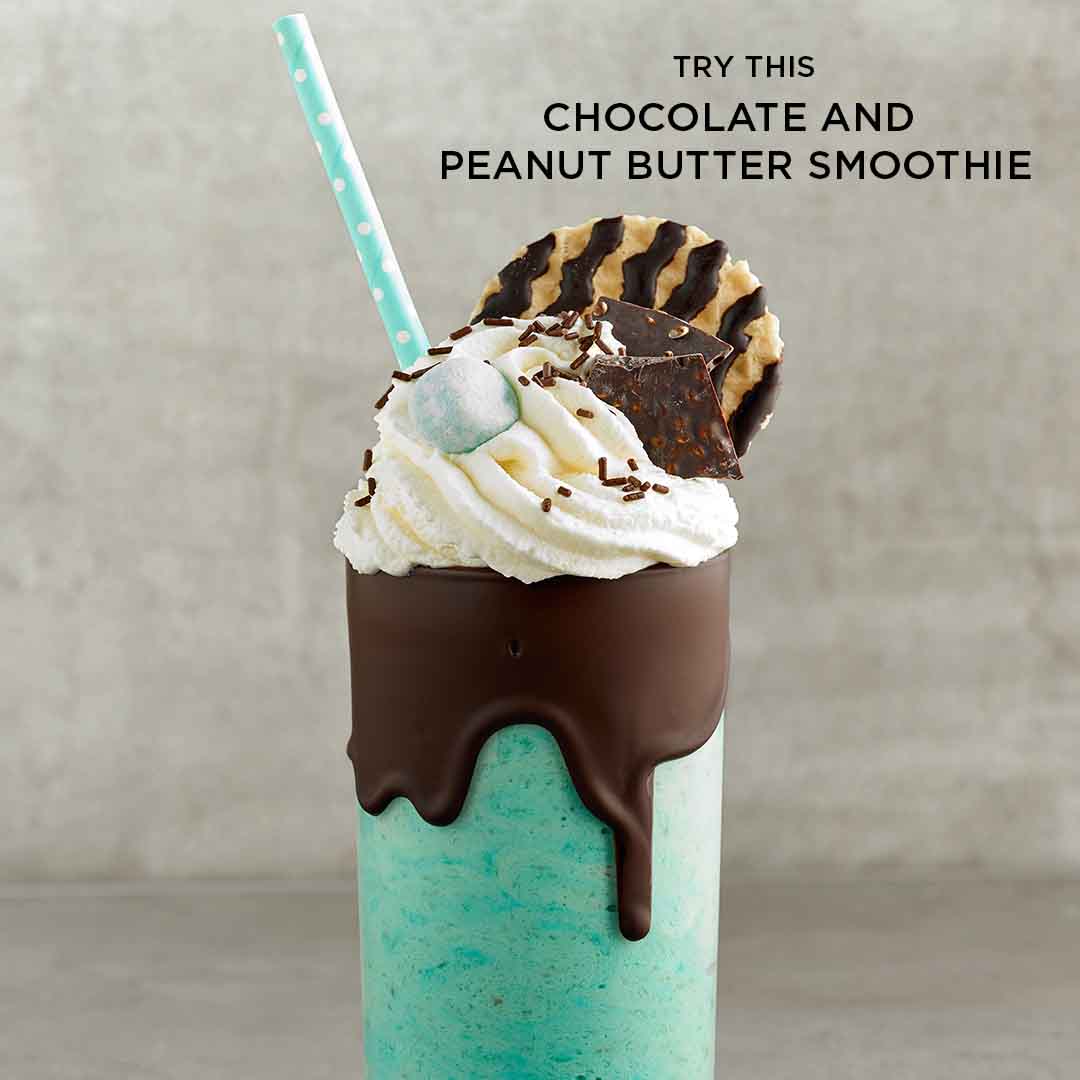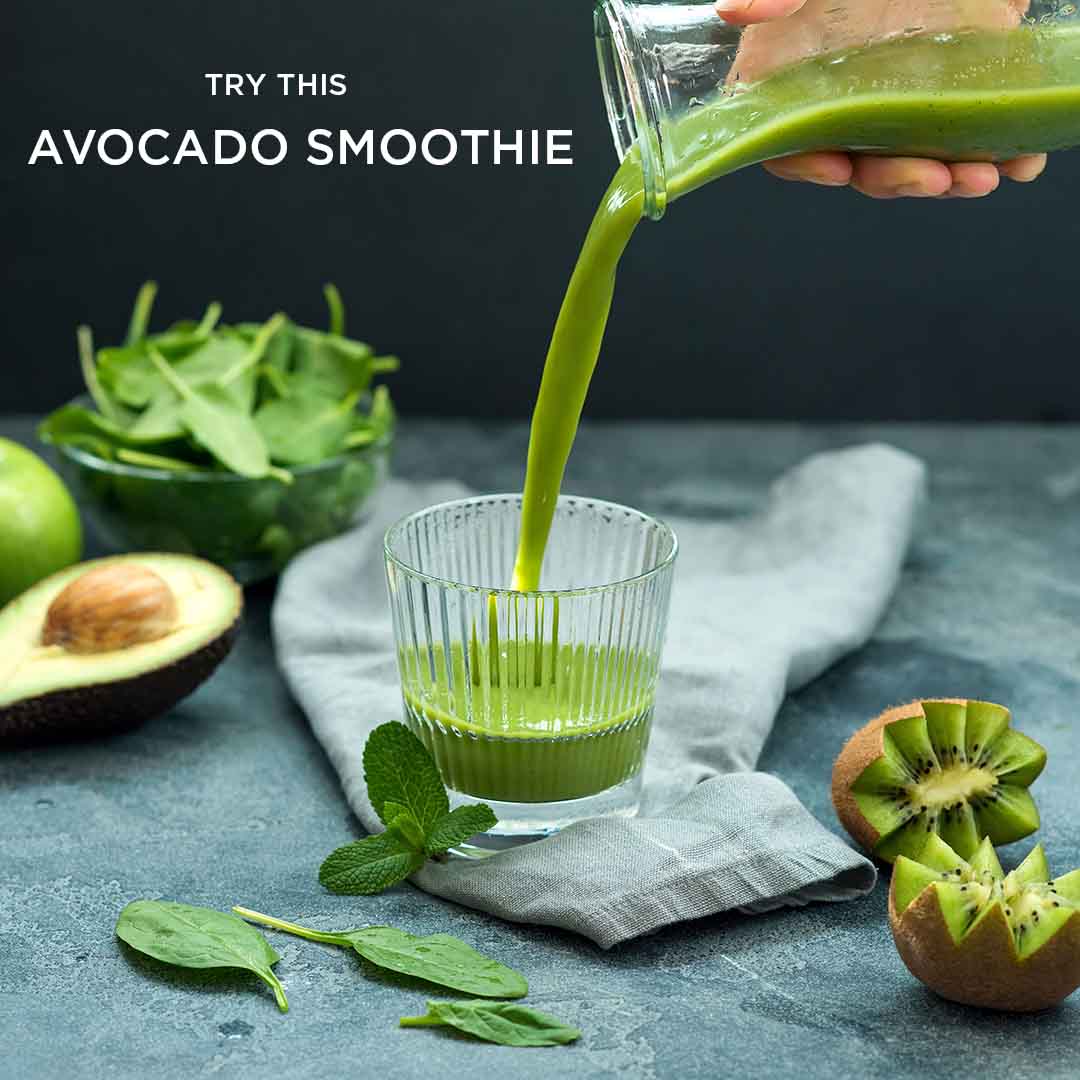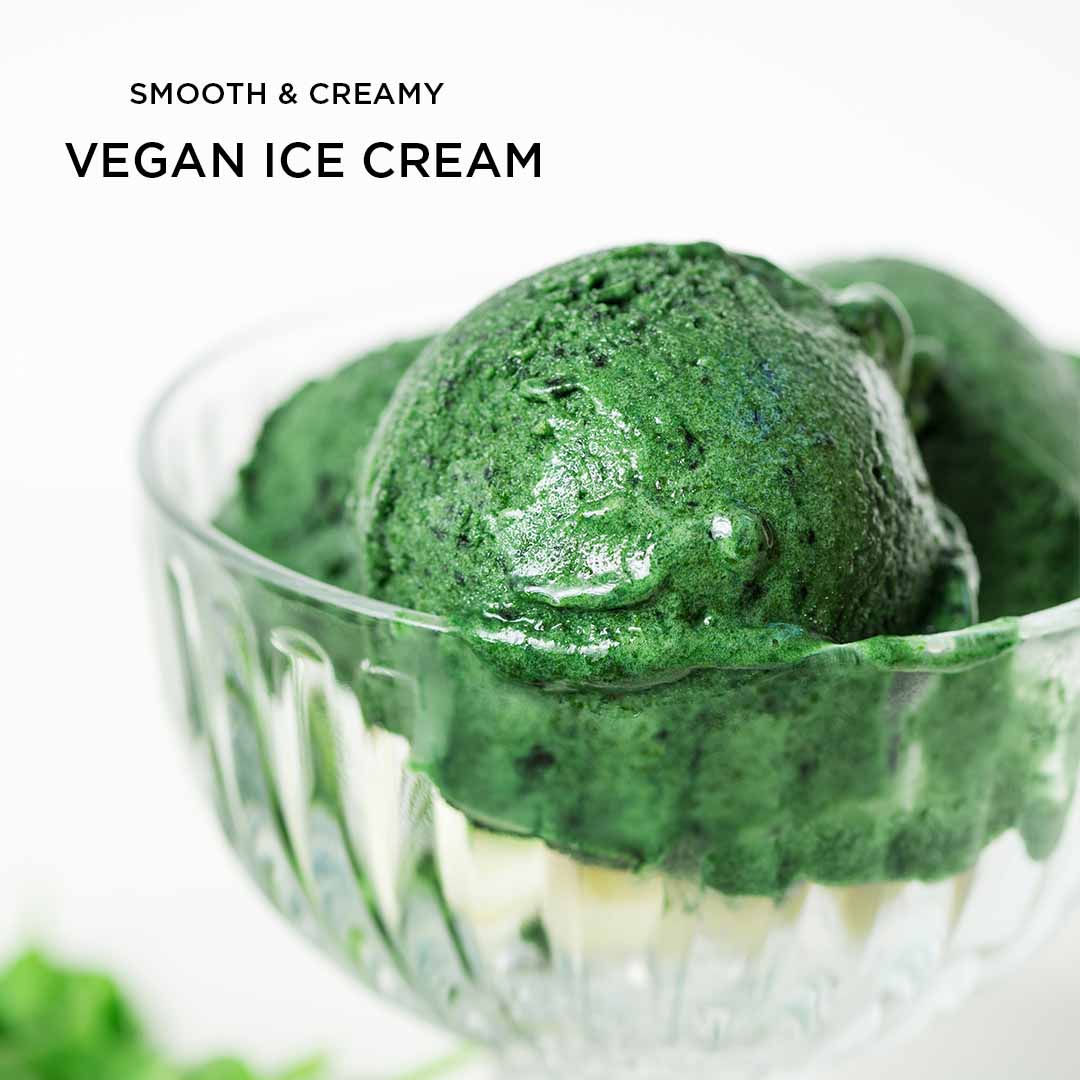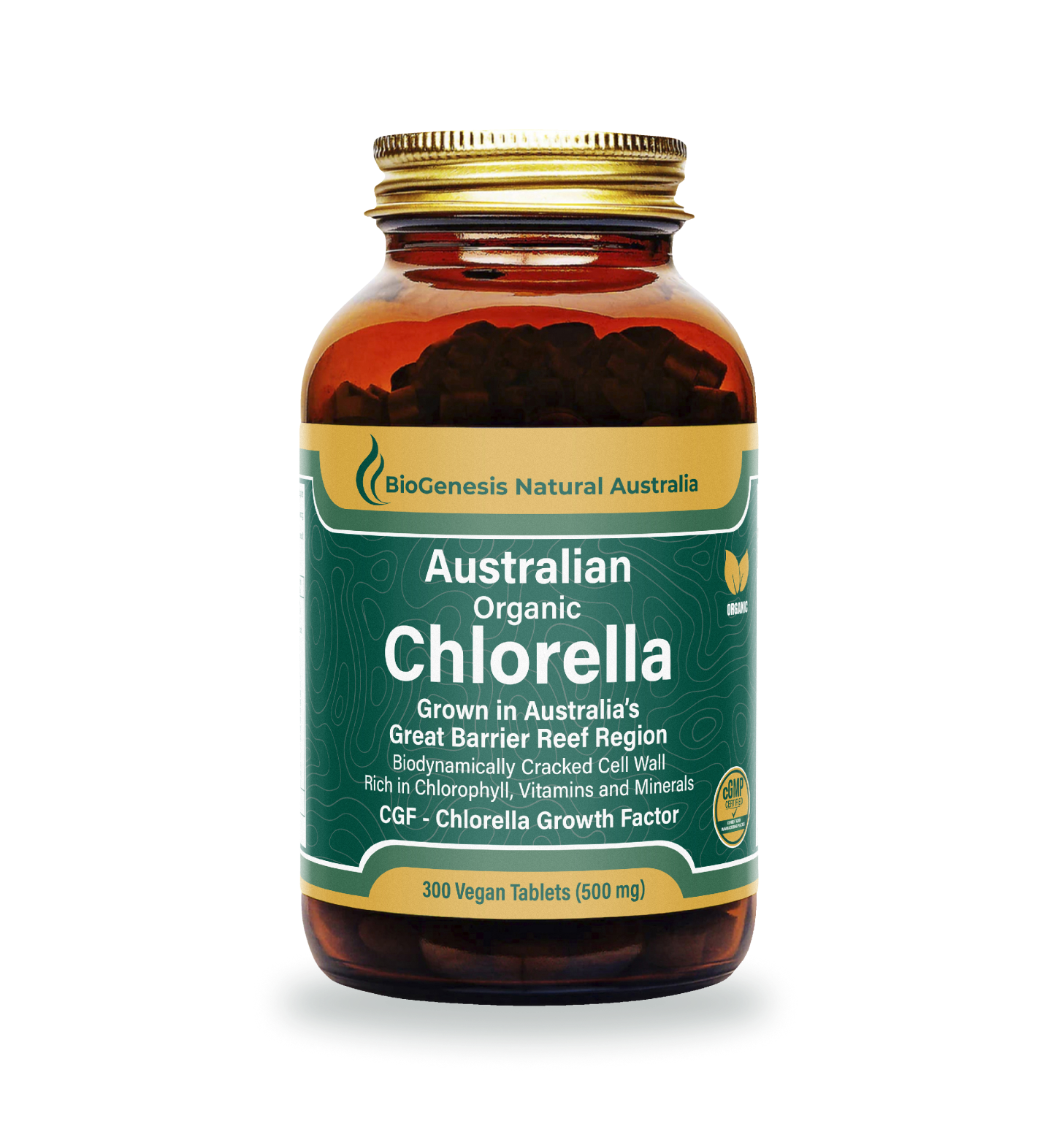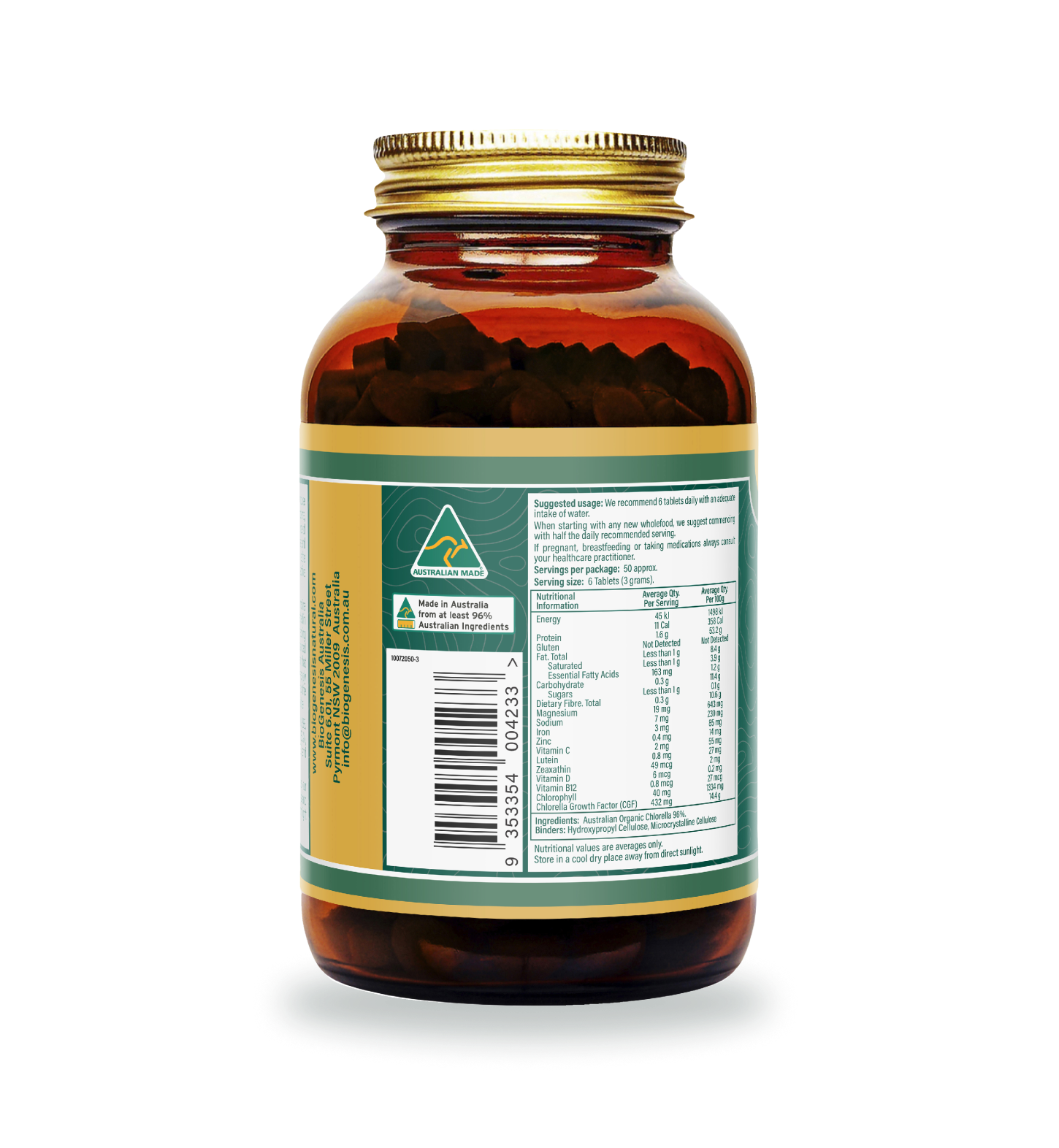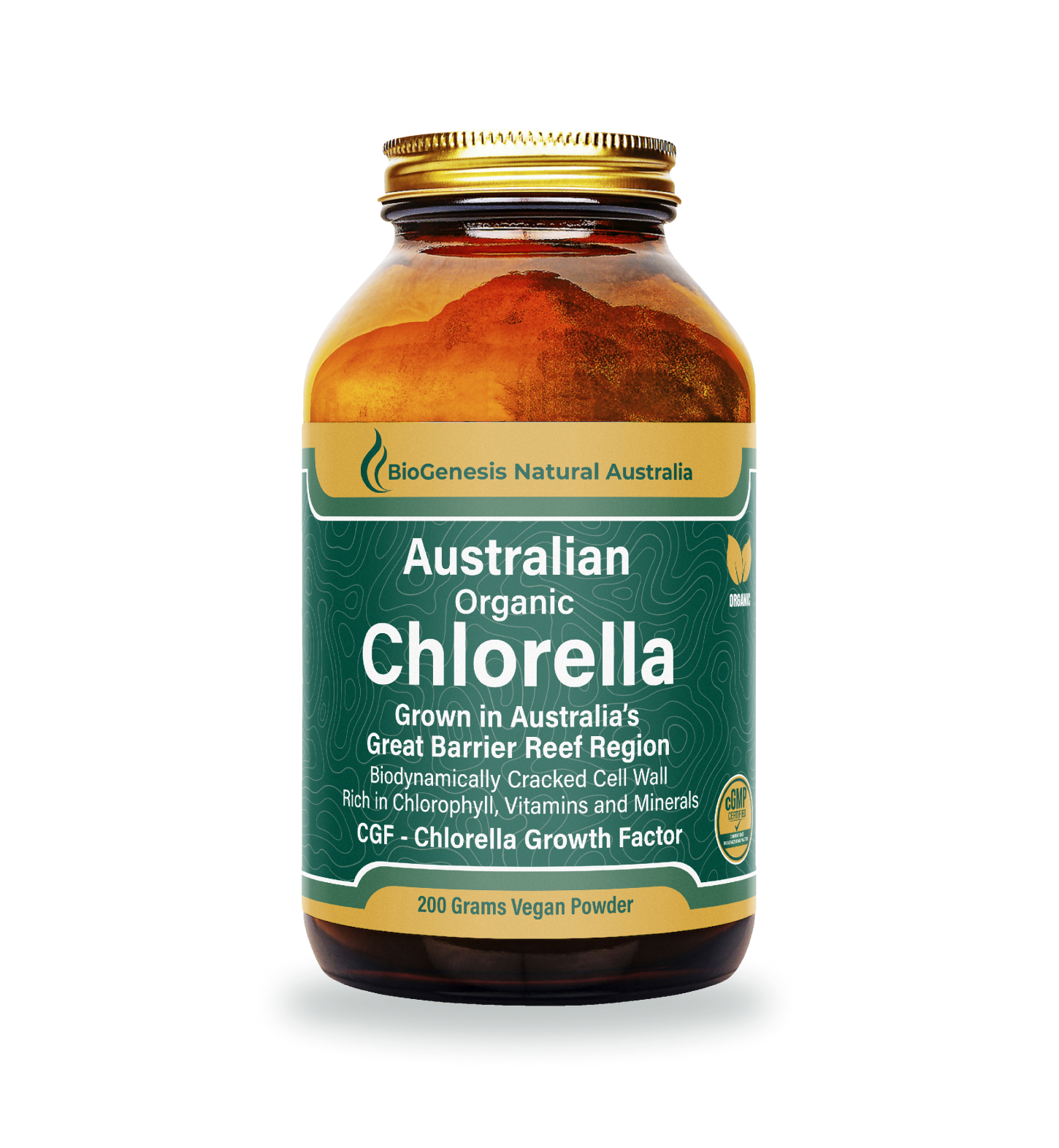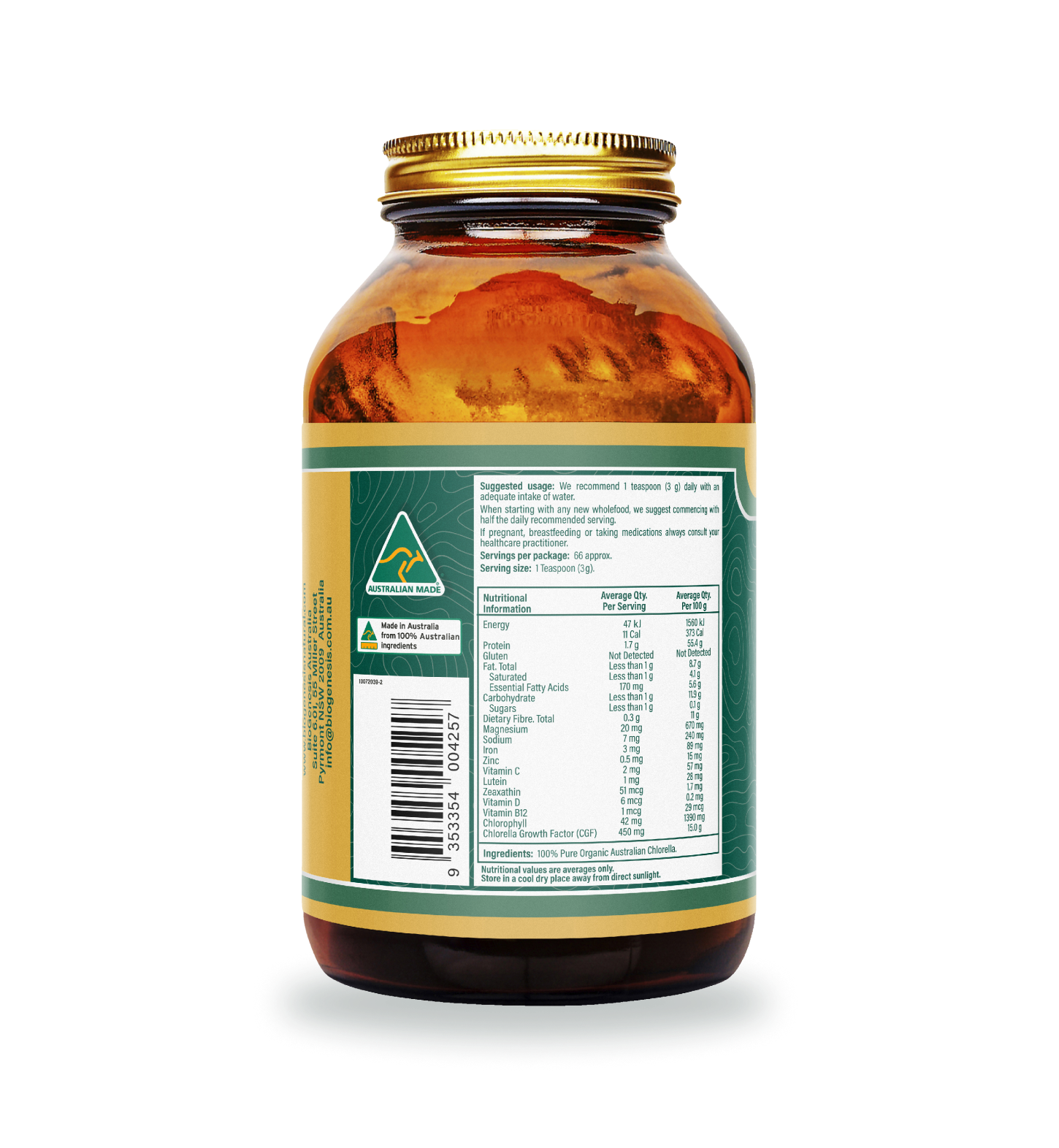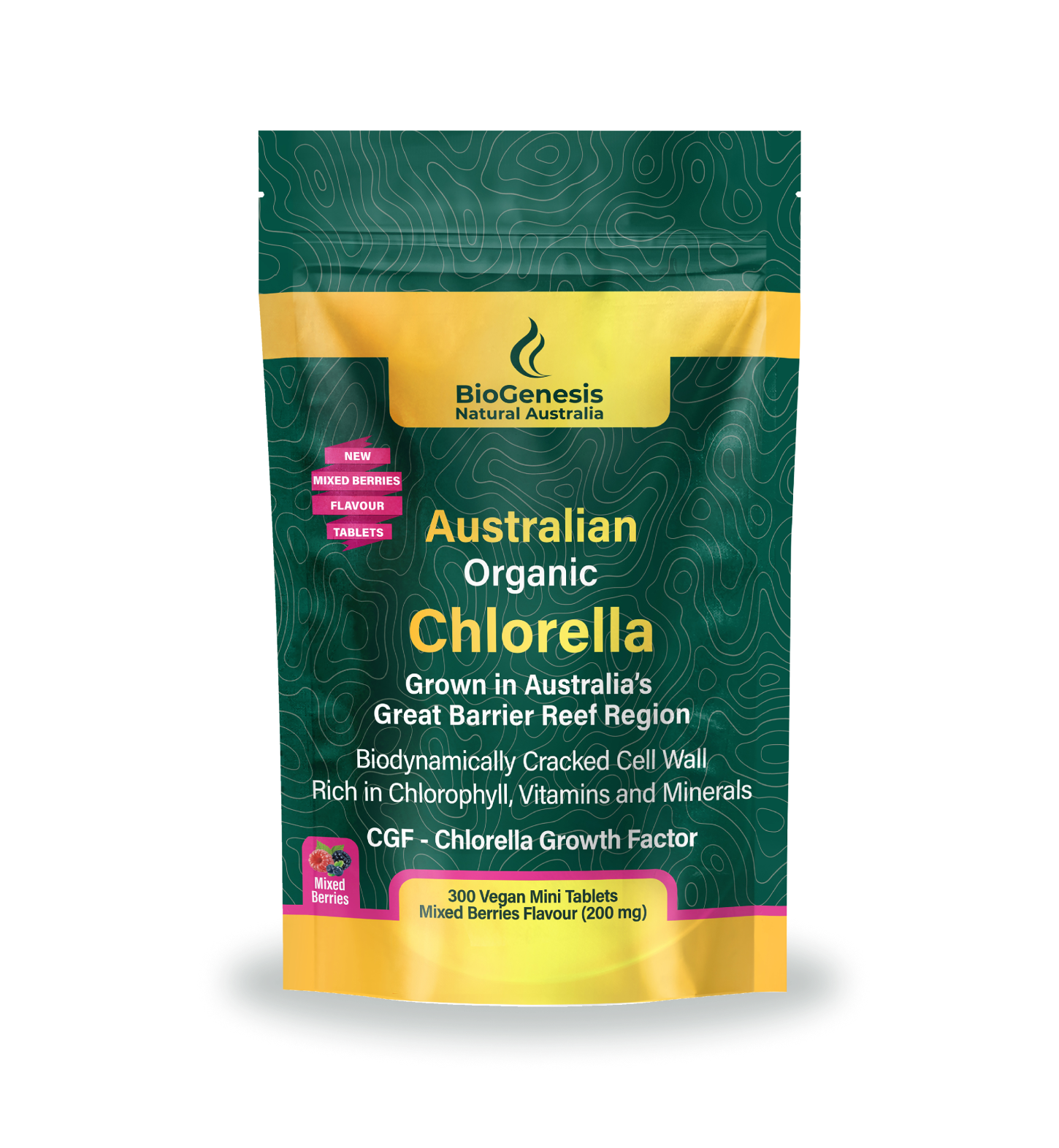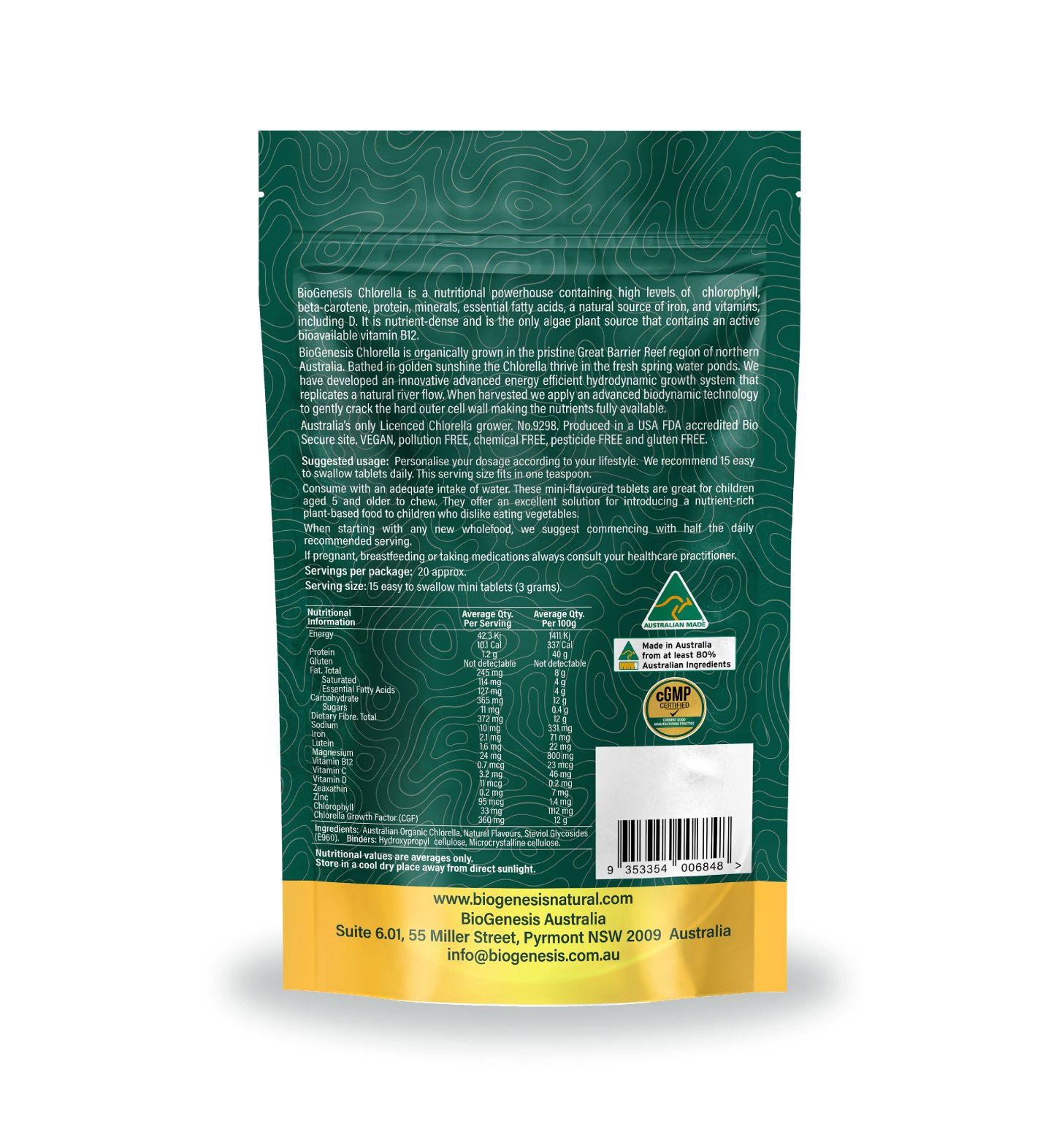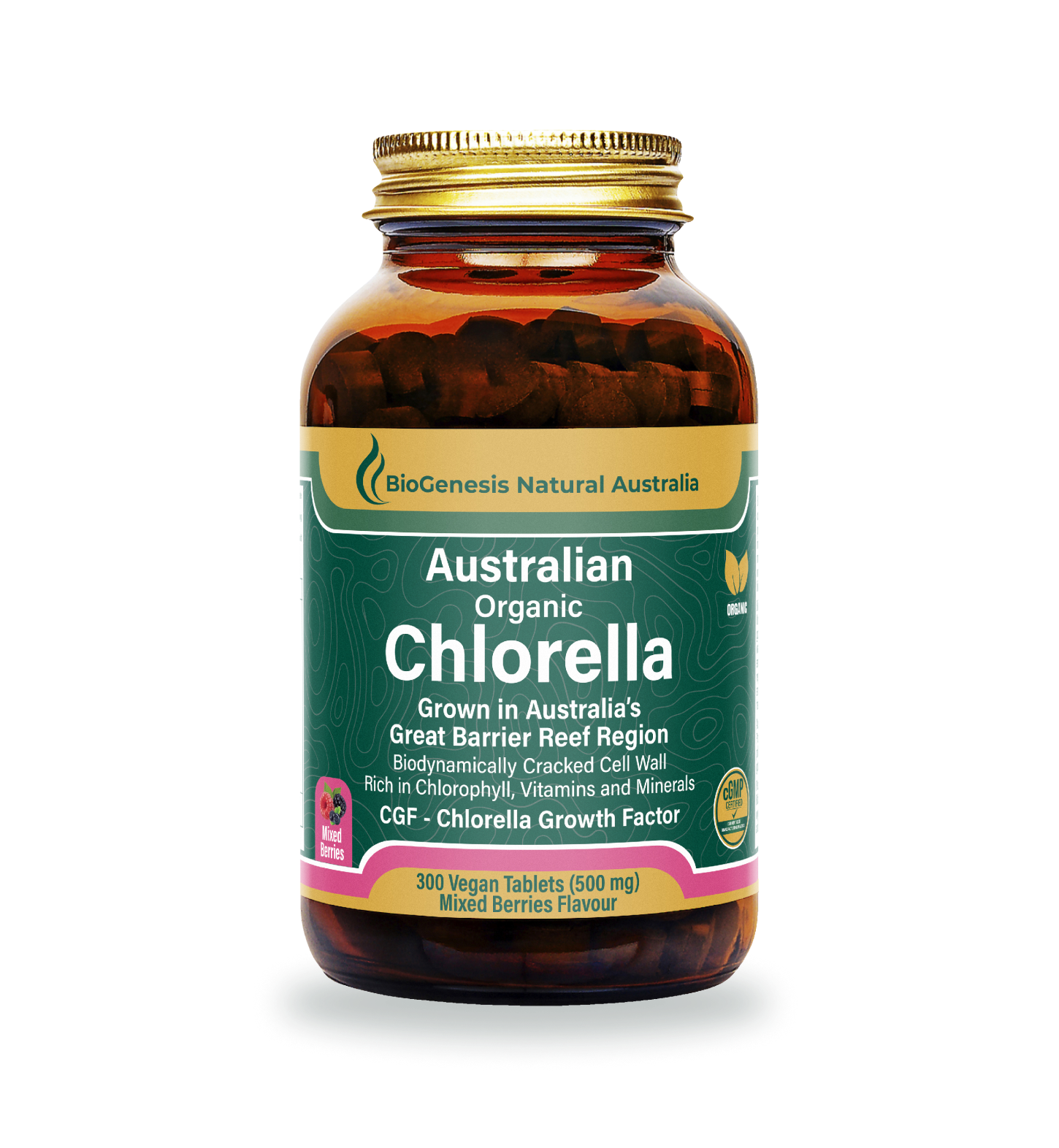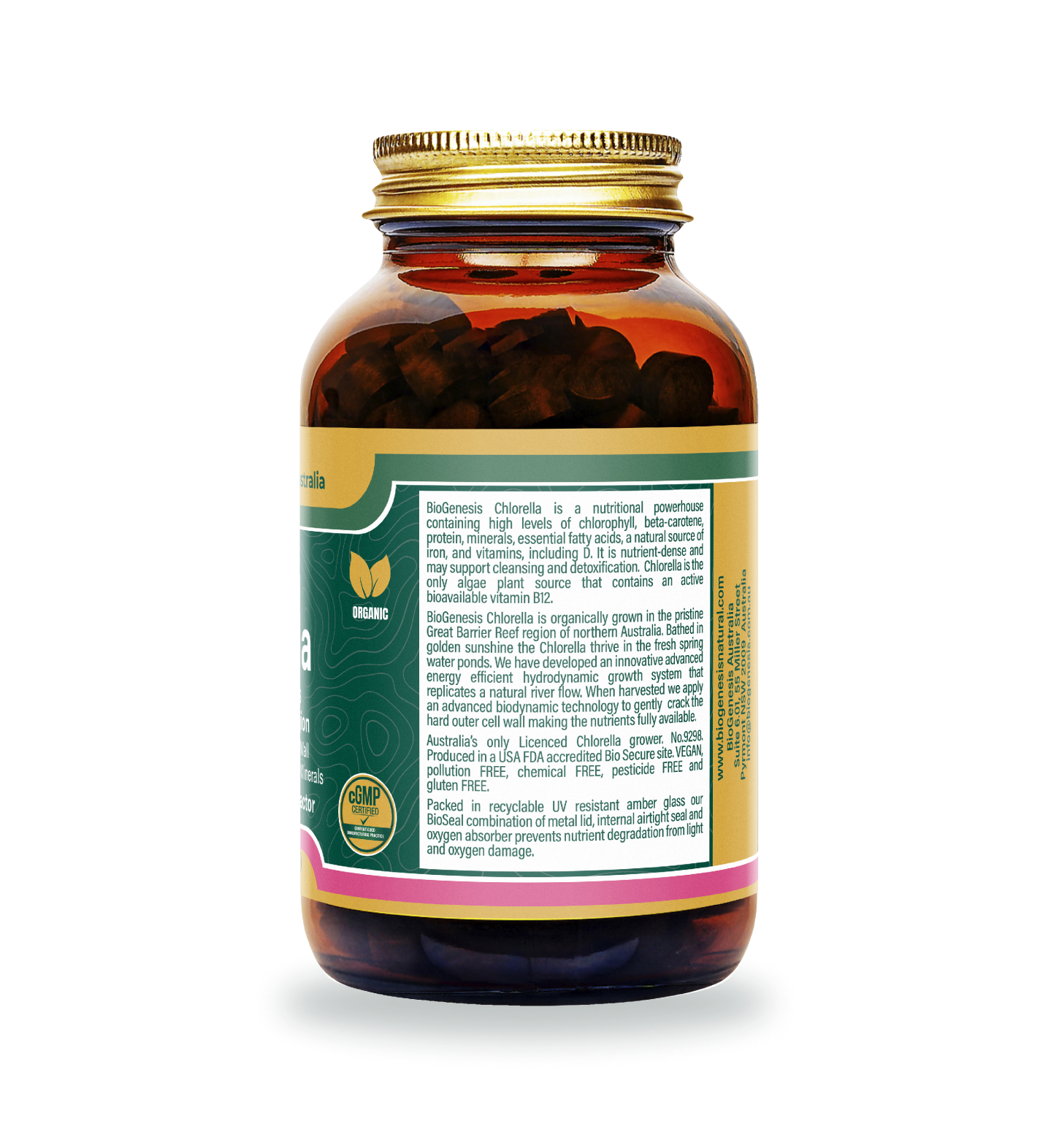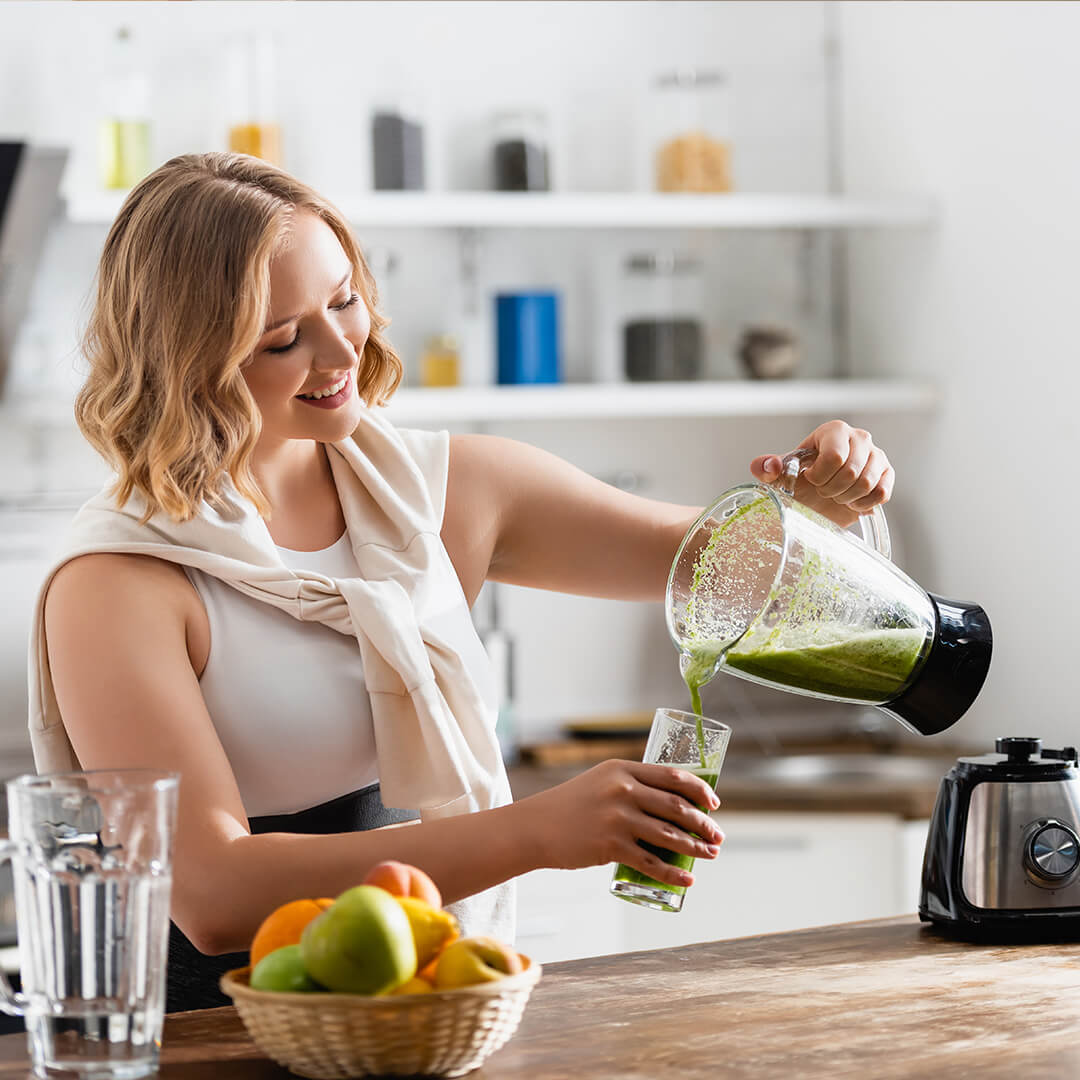
Organic Super Green’s Powder – Australia’s Finest
by Colin McGregor
Green powders have been a popular trend in many health and fitness communities for several years, but they've recently picked up mainstream attention. They're touted to improve immunity, and energy levels and improve cognitive function. Green powders are generally chock-full of vitamins and minerals, and some even contain probiotics and other nutritionally beneficial substances. Their well-rounded nutritional profile makes them an appealing alternative to more traditional synthetic multivitamins. A big part of their surge in popularity is because of the recent demand for more natural foods and food products. Green powders are easy to use, often contain only natural ingredients, and can be a delicious and simple way to ramp up one's daily nutrition intake.
Super Greens: Are Green Powders Healthy?
What Are Powdered Greens, And Are They Good For You?
The most common ways to use green powders are to mix them into water, juices, or smoothies. The possibilities are essentially endless. Both the taste and nutrition of a green powder will vary depending on the ingredients, but they generally have a mild grassy taste which pairs well with other fruits or vegetables. Their versatility makes them easy to incorporate into any daily routine.
10 Delicious Ways To Use Superfood Greens Powder
When shopping around for a green powder, it's important to examine not only what the ingredients are, but also the quality of the ingredients, and how they were processed. The main concerns when selecting a green powder are to ensure that the product has minimal to no contamination from harmful substances, contains no filler ingredients, and to check if the product has an adequate amount of ingredients that offer functional benefits. A few of the most nutritionally dense and beneficial ingredients to look for in green powder products are: Organic Wheat Grass, Barley Grass, and Chlorella.
What To Look For In A Greens Powder
Organic Wheat Grass
Wheatgrass is simply the young leaves of the more commonly known wheat plant. Since it doesn't contain the plant's seeds it's free of gluten. Wheatgrass has been popular in niche health communities for several decades; particularly among those who are interested in juicing. The reason the plant is so beneficial is because of its dense and varied combination of nutrients. It's even colloquially known as "green blood" since it contains such high and nourishing levels of the substance chlorophyll; a plant pigment used in photosynthesis (Gore, 20171).
Wheatgrass's nutritional profile consists of vitamins A, C, E, the full spectrum of B vitamins, iron, magnesium, calcium, phosphorus, sodium, potassium, amino acids, glutathione, and more (Ghumman, 20172). Aside from the diverse and balanced nutrient composition, wheatgrass is also known to contain nutrition in extremely dense amounts which can mean even a small amount of powdered wheatgrass can contain more nutrition than several large servings of fruit and vegetables.
20 Reasons You Need To Add Wheatgrass To Your Wellness Routine
This nutritional powerhouse has been shown to help with digestion due to its unique enzyme content (Rathore, 20163). It also contains a plant substance called thylakoids which have some evidence for increasing satiety and assisting with healthy weight loss (Amirinejad, 20204).
11 Benefits Of Wheatgrass, Nutrition Info, and Side Effects
Organic Barley Grass
Barley grass is another important ingredient to look for in a well-rounded green powder product. Barley grass is nutritional quite similar to Wheat grass, but there are important differences that make both ingredients worth seeking out. It's an extremely nutritionally dense plant with 30 times the thiamine, and 11 times the calcium content of cows' milks. It also contains 6.5 times the amount of carotene and 5 times the iron content of spinach (Zeng, 20187). This is just the tip of the nutritional iceberg. Barley grass is also high in vitamins c, e, k, folic acid, magnesium, and a host of other health-boosting substances (Paulickova, 20078).
9 Surprising Benefits Of Barley Grass
Health Benefits Of Barley Grass
Barley grass also has some specific benefits that make it a worthwhile inclusion to any high-quality green powder blend. It contains a substance called glutamic acid, which has shown promising results for reducing cravings. It's thought to reduce cravings for sugar, alcohol, coffee and nicotine, and has even been studied to see if it can be utilized as a form of addiction therapy (Miller, 20129). Beyond this valuable trait, barley grass also contains several substances including chlorophyll, vitamins, irons, amino acids and phycocyanin which may help to repair bone marrow stores (Zeng, 20187). This is an extremely relevant feature since bone marrow manufactures stem cells which can turn into new red and white blood cells.(Woo, 201710).
Barley Grass: Benefits And Uses
Organic Chlorella
The third and final important ingredient to search for in an ideal green powder product is the inclusion of the algae chlorella. Chlorella similarly contains a plethora of vitamins, minerals and nutritional substances, but some of the benefits it offers are very different from barley grass and wheat grass. Chlorella can be a well-balanced multi-vitamin alternative by itself, but beyond this are some additional unique properties not generally found in other plants. Namely, chlorella contains vitamin d, vitamin b12, and omega 3s (Tang, 201111). These nutrients are all extremely rare in plants and can be difficult for vegans and vegetarians in particular to consume adequate amounts of (Dunn-Emke, 200512). Aside from this, chlorella contains a nucleotide-peptide complex not found in any other plant known as chlorella growth factor (An, 201613).
Vegan Superfood Spotlight: Chlorella
The Health Benefits Of Chlorella, An All Natural Detox Food
Final Thoughts
While the huge amount of information available on green powders may seem like a lot to take in, the most essential thing to remember is that simple, organic, high-quality ingredients are the best choice. Selecting a green powder that uses a handful of ingredients that are known to bring well-rounded benefits is the best way to ensure optimal value. Some brands may fill their products with ingredients of lesser quality or only add miniscule amounts of the beneficial ingredients just so they can include them on their ingredient list. Choosing a trustworthy brand and relying on simple nutritionally rich whole food-based products is a fantastic way to increase vitamin and mineral intake, and improve overall health. The use of green powders should not be a replacement for a healthy diet but is rather an excellent way to boost overall nutrient intake to help bring the consumer optimal energy, health, and wellness.
Organic Foods: Are They Safer? More Nutritious?
References
-
Vadiraja, B. B., Gaikwad, N. W., & Madyastha, K. M. (1998). Hepatoprotective effect of C-phycocyanin: protection for carbon tetrachloride and R-(+)-pulegone-mediated hepatotoxicity in rats. Biochemical and Biophysical Research Communications, 249(2), 428-431. https://doi.org/10.1006/bbrc.1998.9149
-
Pabon, M. M., Jernberg, J. N., Morganti, J., Contreras, J., Gonzalez-Martinez, J., Schiapparelli, P., ... & Yang, T. (2012). A spirulina-enhanced diet provides neuroprotection in an α-synuclein model of Parkinson's disease. PloS One, 7(9), e45256. https://doi.org/10.1371/journal.pone.0045256
-
Huang, Z., Guo, B. J., Wong, R. N., & Jiang, Y. (2007). Characterization and antioxidant activity of selenium-containing phycocyanin isolated from Spirulina platensis. Food Chemistry, 100(3), 1137-1143. https://doi.org/10.1016/j.foodchem.2005.11.021
-
Wang, H., Chen, G., Ren, D., Yang, S. T., & Li, Y. (2015). Efficacy of C-phycocyanin in the treatment of human diseases: a review of preclinical and clinical studies. Journal of Medicinal Food, 18(4), 364-373. https://doi.org/10.1089/jmf.2014.0005
-
Pugh, N., Ross, S. A., ElSohly, H. N., ElSohly, M. A., & Pasco, D. S. (2001). Isolation of three high molecular weight polysaccharide preparations with potent immunostimulatory activity from Spirulina platensis, aphanizomenon flos-aquae and Chlorella pyrenoidosa. Planta Medica, 67(8), 737-742. https://doi.org/10.1055/s-2001-18358
-
Hidaka, H., Hiramoto, K., Umemura, T., Yamaguchi, M., & Inoue, M. (2002). Phycocyanin, a bile pigment analogue, and ultraviolet light cooperate in the induction of apoptosis of human hepatoma cells. Biochemical and Biophysical Research Communications, 296(4), 987-992. https://doi.org/10.1016/S0006-291X(02)02017-3
-
Senthilkumar, R., & Devaki, T. (2004). Protective effect of lipistat, a polyherbal formulation on carbon tetrachloride-induced hepatotoxicity in rats. Journal of Health Science, 50(2), 159-165. https://doi.org/10.1248/jhs.50.159
-
Torres-Durán, P. V., Miranda-Zamora, R., Paredes-Carbajal, M. C., Mascher, D., Díaz-Zagoya, J. C., & Juárez-Oropeza, M. A. (1998). Spirulina maxima prevents induction of fatty liver by carbon tetrachloride. Pharmacology Biochemistry and Behavior, 59(4), 959-964. https://doi.org/10.1016/S0091-3057(98)00007-0
-
Ravi, M., De, S. L., Azharuddin, S., & Paul, S. F. (2008). The beneficial effects of Spirulina focusing on its immunomodulatory and antioxidant properties. Nutrition and Dietary Supplements, 2, 73-83. https://doi.org/10.2147/nds.s4080
-
Hwang, J. H., Chen, J. C., & Chan, Y. C. (2013). Effects of C-phycocyanin and Spirulina on salicylate-induced tinnitus, expression of NMDA receptor and inflammatory genes. PLoS One, 8(3), e58215. https://doi.org/10.1371/journal.pone.0058215
-
Farooq, S. M., Boppana, N. B., Asokan, D., Sekaran, S. D., Shankar, E. M., Li, C., ... & Karthik, H. S. (2015). C-Phycocyanin confers protection against oxalate-mediated oxidative stress and mitochondrial dysfunctions in MDCK cells. PLoS One, 9(4), e93056. https://doi.org/10.1371/journal.pone.0093056
-
Sampath, K., Sharma, R., & Suresh, B. (2012). Evaluation of the in vitro cytotoxic effect of Spirulina platensis against human breast cancer cell line (MCF-7) and Vero cell line. International Journal of Pharmacy and Pharmaceutical Sciences, 4(4), 341-344. Retrieved from https://www.ijppsjournal.com/Vol4Issue4/3499.pdf
-
Khan, Z., Bhadouria, P., & Bisen, P. S. (2005). Nutritional and therapeutic potential of Spirulina. Current Pharmaceutical Biotechnology, 6(5), 373-379. https://doi.org/10.2174/138920105774370607
-
Wu, Q., Liu, L., Miron, A., Klímová, B., Wan, D., & Kuča, K. (2016). The antioxidant, immunomodulatory, and anti-inflammatory activities of Spirulina: an overview. Archives of Toxicology, 90(8), 1817-1840. https://doi.org/10.1007/s00204-016-1744-5
-
Chamorro, G., Pérez-Albiter, M., Serrano-García, N., Mares-Sámano, J. J., & Rojas, P. (2008). Spirulina maxima pretreatment partially protects against 1-methyl-4-phenyl-1,2,3,6-tetrahydropyridine neurotoxicity. Nutritional Neuroscience, 11(5), 218-224. https://doi.org/10.1179/147683008X301450
-
Khan, M., Shobha, J. C., Mohan, I. K., Naidu, M. U., Sundaram, C., Singh, S., ... & Srinivas, R. (2005). Protective effect of Spirulina against doxorubicin-induced cardiotoxicity. Phytotherapy Research, 19(12), 1030-1037. https://doi.org/10.1002/ptr.1746



